
Yellowstone National Park: Nature's Wonderland in Montana
Explore Yellowstone National Park in Montana, where geothermal wonders, diverse wildlife, and breathtaking landscapes offer a unique and unforgettable outdoor adventure.
Yellowstone National Park is a natural marvel located in the vast and scenic state of Montana. This park is famous for its geothermal features, including the iconic Old Faithful geyser that faithfully erupts every 90 minutes. Visitors can wander through a landscape dotted with hot springs, mudpots, and fumaroles, each offering a unique glimpse into the Earth's geothermal activity. The park is not just about geothermal wonders; it's also a haven for wildlife enthusiasts. Herds of bison, elk, and deer roam freely, while the lucky few might catch a glimpse of a grizzly bear or a wolf. Birdwatchers will be thrilled by the variety of avian species that call Yellowstone home. The park's diverse ecosystems range from lush forests to expansive meadows and rugged mountains, providing endless opportunities for exploration. Yellowstone is a paradise for outdoor activities. Hiking trails vary from easy walks to challenging treks, each offering stunning vistas and the chance to connect with nature. Anglers will find the park's rivers and lakes teeming with fish, while photographers will delight in the ever-changing light and dramatic landscapes. Whether you're seeking adventure or tranquility, Yellowstone National Park offers an unforgettable experience that captures the essence of America's natural beauty.
Local tips in Yellowstone National Park
- Visit early in the morning or late in the evening to avoid crowds at popular sites like Old Faithful.
- Bring layers of clothing, as temperatures can vary widely throughout the day.
- Stay on marked trails and boardwalks to protect yourself and the delicate geothermal features.
- Carry bear spray and know how to use it if you plan on hiking in the backcountry.
- Book accommodations well in advance, especially during the peak summer season.
- Check for road closures and weather conditions before heading out, as they can change rapidly.
Yellowstone National Park: Nature's Wonderland in Montana
Yellowstone National Park is a natural marvel located in the vast and scenic state of Montana. This park is famous for its geothermal features, including the iconic Old Faithful geyser that faithfully erupts every 90 minutes. Visitors can wander through a landscape dotted with hot springs, mudpots, and fumaroles, each offering a unique glimpse into the Earth's geothermal activity. The park is not just about geothermal wonders; it's also a haven for wildlife enthusiasts. Herds of bison, elk, and deer roam freely, while the lucky few might catch a glimpse of a grizzly bear or a wolf. Birdwatchers will be thrilled by the variety of avian species that call Yellowstone home. The park's diverse ecosystems range from lush forests to expansive meadows and rugged mountains, providing endless opportunities for exploration. Yellowstone is a paradise for outdoor activities. Hiking trails vary from easy walks to challenging treks, each offering stunning vistas and the chance to connect with nature. Anglers will find the park's rivers and lakes teeming with fish, while photographers will delight in the ever-changing light and dramatic landscapes. Whether you're seeking adventure or tranquility, Yellowstone National Park offers an unforgettable experience that captures the essence of America's natural beauty.
When is the best time to go to Yellowstone National Park?
Iconic landmarks you can’t miss
Old Faithful
Experience the awe of Old Faithful, a legendary geyser in Yellowstone National Park, renowned for its powerful eruptions and stunning natural beauty.
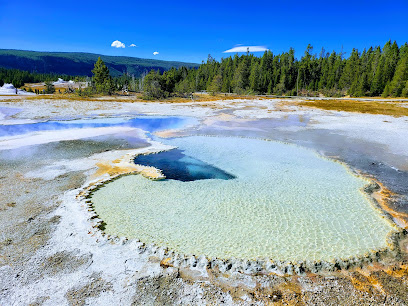
Mammoth Hot Springs
Discover the breathtaking beauty of Mammoth Hot Springs in Yellowstone National Park, where vibrant geothermal terraces meet stunning landscapes.
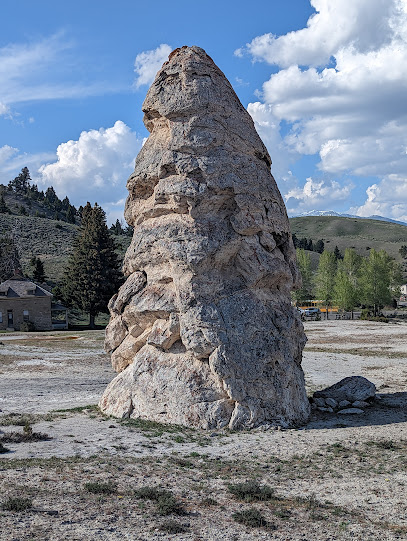
West Yellowstone Visitor Information Center
Explore the wonders of Yellowstone from the West Yellowstone Visitor Information Center, your essential stop for maps, expert advice, and unforgettable experiences.
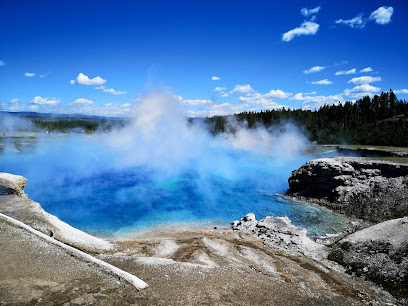
Old Faithful Visitor and Education Center
Explore the wonders of Yellowstone at the Old Faithful Visitor and Education Center, the perfect start to your adventure in nature's masterpiece.
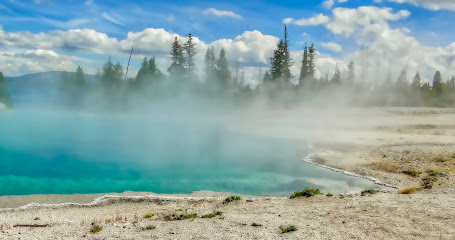
Gibbon Falls
Experience the breathtaking beauty of Gibbon Falls in Yellowstone National Park, where nature's power cascades in a stunning display of water and tranquility.
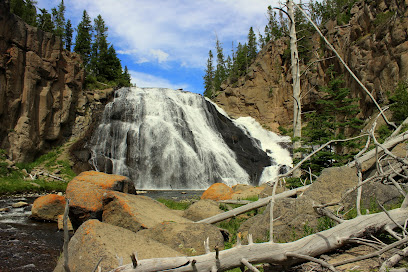
Old Faithful Inn
Experience the historic charm of Old Faithful Inn, nestled in Yellowstone National Park, near the iconic geyser and surrounded by stunning natural beauty.
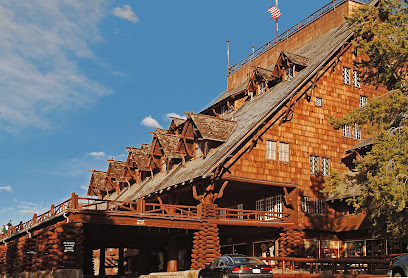
Lookout Point
Discover stunning views and breathtaking landscapes at Lookout Point in Yellowstone National Park, a must-see for every traveler.
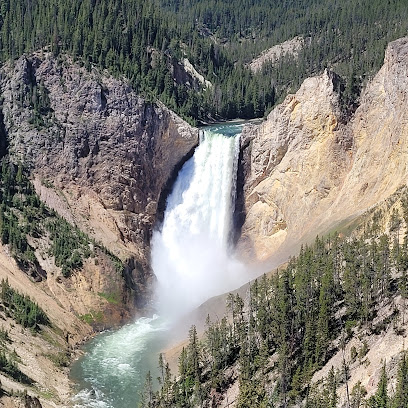
Brink of Lower Falls
Discover the breathtaking views at the Brink of Lower Falls, a highlight of Yellowstone National Park, showcasing the stunning beauty of nature's waterfalls.
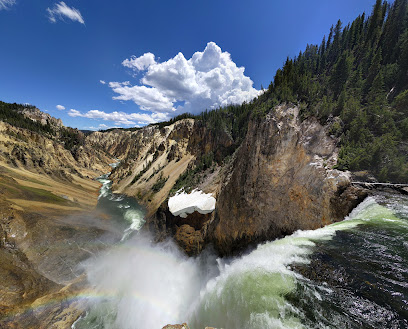
Roosevelt Arch
Explore the majestic Roosevelt Arch, the historic gateway to Yellowstone National Park, where adventure and natural beauty converge.
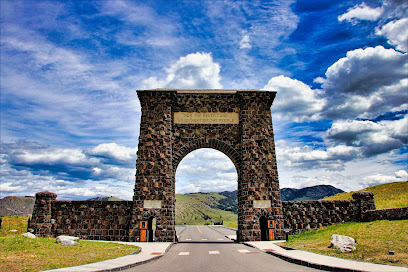
Yellowstone Caldera
Discover the Yellowstone Caldera, a magnificent volcanic landscape with geothermal wonders, breathtaking views, and abundant wildlife in Wyoming.
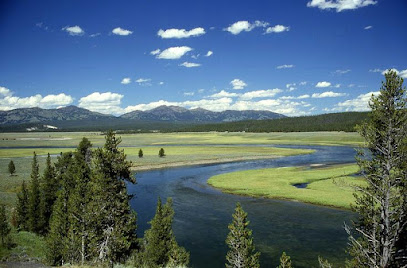
Canyon Visitor Education Center
Explore the Canyon Visitor Education Center in Yellowstone National Park for essential insights, stunning views, and unforgettable experiences in nature's wonderland.
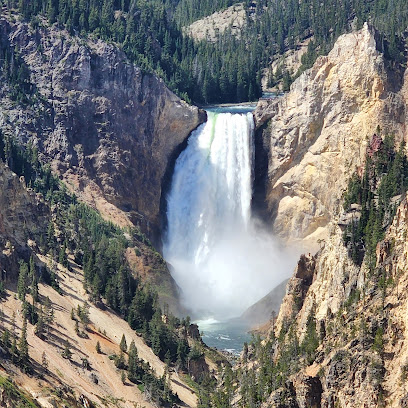
Yellowstone Park / West Gate KOA Holiday
Discover the perfect camping experience at Yellowstone Park's West Gate KOA Holiday, where nature meets comfort for an unforgettable getaway.

Thumb Geyser
Experience the enchanting beauty of Thumb Geyser in Yellowstone National Park, where nature's geothermal wonders await around every corner.
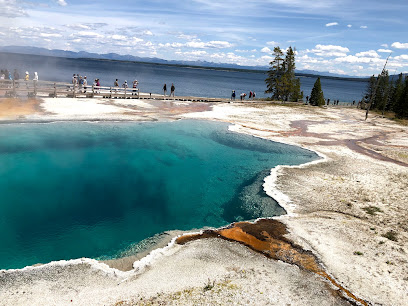
Morning Glory Pool
Experience the vibrant colors and stunning beauty of the Morning Glory Pool, a geothermal marvel in Yellowstone National Park, perfect for nature lovers and photographers.
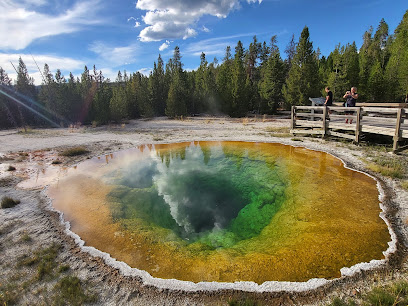
Inspiration Point
Discover the breathtaking views of Inspiration Point in Yellowstone National Park, where nature's beauty inspires awe and adventure.
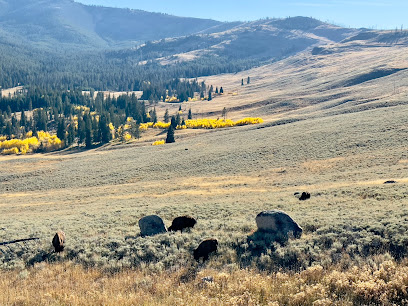
Unmissable attractions to see
Old Faithful
Experience the awe of Old Faithful, an iconic geyser in Yellowstone National Park, known for its spectacular eruptions and breathtaking natural beauty.
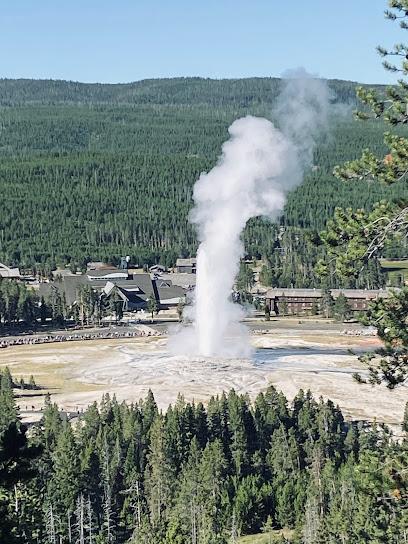
Old Faithful
Experience the awe-inspiring beauty of Old Faithful, a natural geyser that erupts majestically in Yellowstone National Park, Wyoming.
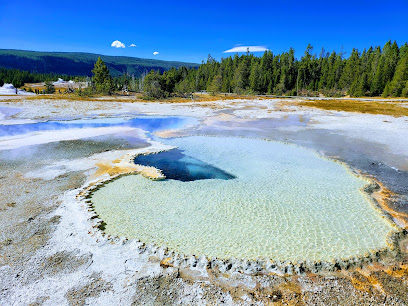
Grizzly & Wolf Discovery Center
Discover the magic of wildlife at the Grizzly & Wolf Discovery Center in West Yellowstone, Montana - a must-visit for nature lovers and families.
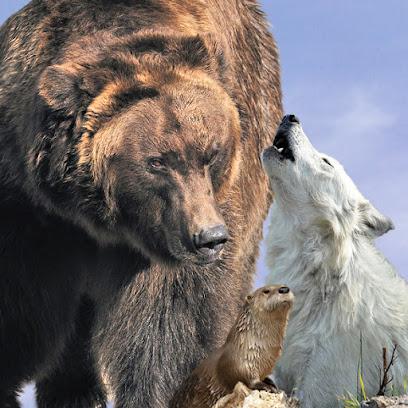
Grizzly & Wolf Discovery Center
Discover the majestic grizzly bears and wolves at the Grizzly & Wolf Discovery Center, an enchanting wildlife refuge in West Yellowstone.
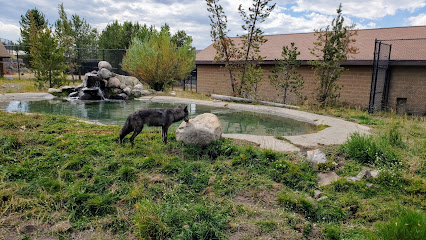
Mammoth Hot Springs
Discover the captivating beauty of Mammoth Hot Springs, a stunning geothermal wonder in Yellowstone National Park, featuring vibrant travertine terraces and rich wildlife.
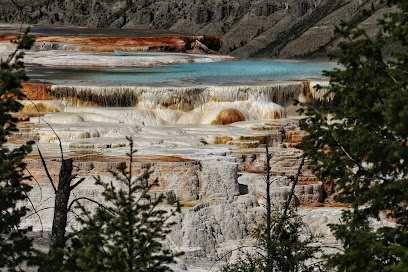
West Yellowstone Visitor Information Center
Discover the wonders of Yellowstone National Park at the West Yellowstone Visitor Information Center, your gateway to adventure and exploration.
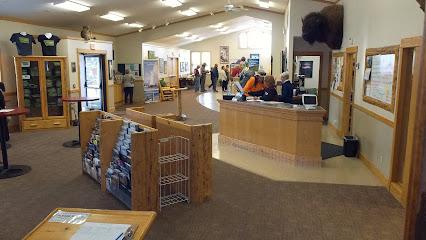
Grand Prismatic Spring
Explore the breathtaking beauty of Grand Prismatic Spring, a stunning natural wonder located in Yellowstone National Park, showcasing vibrant geothermal colors.
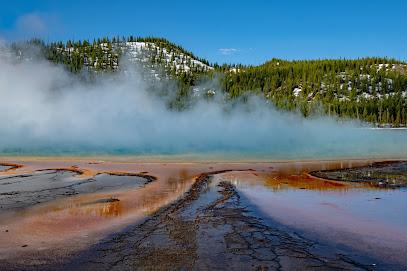
Grand Prismatic Spring
Explore Grand Prismatic Spring, a stunning geothermal masterpiece in Yellowstone National Park, showcasing vibrant colors and breathtaking natural beauty.
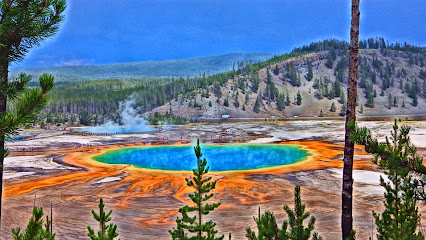
Artist Point
Experience the awe-inspiring views of Artist Point, where the majestic Lower Falls meet the vibrant landscape of Yellowstone National Park.
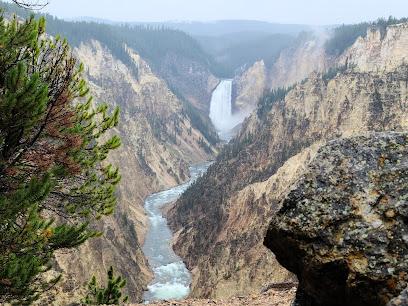
Old Faithful Visitor and Education Center
Explore Yellowstone's majestic Old Faithful Visitor and Education Center, your gateway to unforgettable experiences in nature's playground.
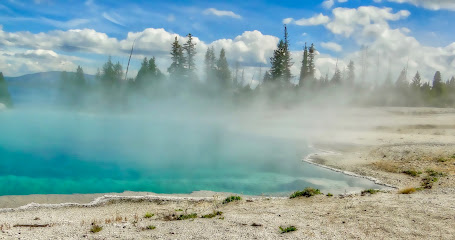
Old Faithful Inn
Discover the historic Old Faithful Inn, a unique lodge in Yellowstone National Park, blending rustic charm with stunning natural beauty.
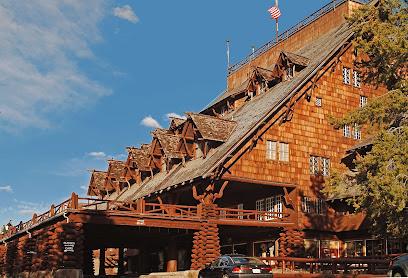
Gibbon Falls
Experience the breathtaking beauty of Gibbon Falls in Yellowstone National Park, a stunning waterfall that captivates with its serene views and natural charm.
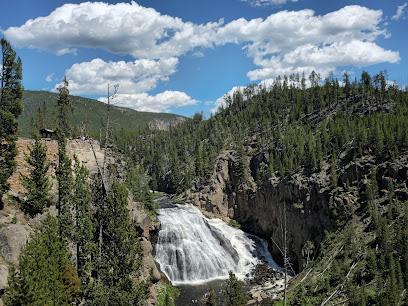
Mud Volcano
Explore the extraordinary Mud Volcano in Yellowstone National Park, where steaming vents and bubbling mud pots showcase nature's geothermal wonders.
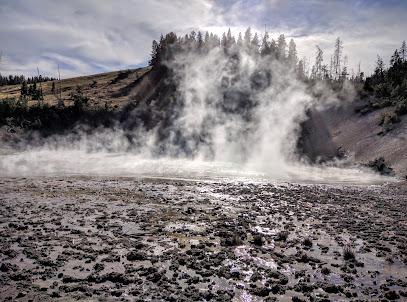
Gibbon Falls
Discover the breathtaking beauty of Gibbon Falls, a stunning natural waterfall in Yellowstone National Park, perfect for nature lovers and photographers.
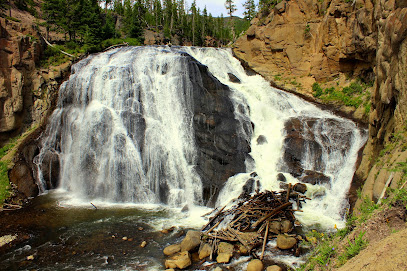
Lookout Point
Discover the stunning vistas at Lookout Point in Yellowstone National Park, where nature's beauty unfolds in breathtaking views and unique wildlife encounters.
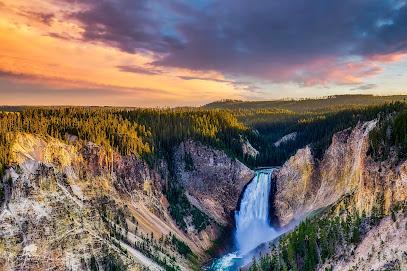
Essential places to dine
Wild West Pizzeria & Saloon
Experience authentic pizza in a vibrant Western setting at Wild West Pizzeria & Saloon near Yellowstone National Park.
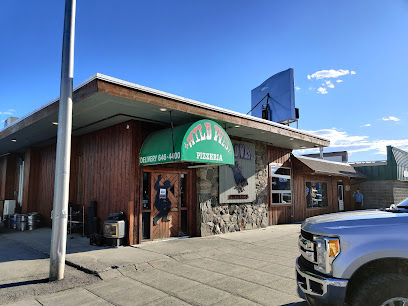
The Buffalo Bar
Experience delicious American cuisine and vibrant nightlife at The Buffalo Bar in West Yellowstone - your perfect dining spot after exploring nature's wonders.
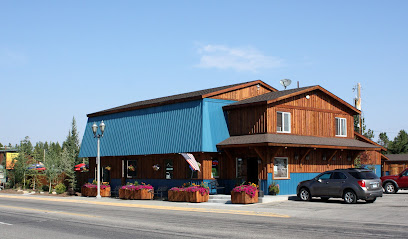
Slippery Otter Pub
Experience delightful American cuisine at Slippery Otter Pub in West Yellowstone – perfect for families seeking delicious meals and warm hospitality.
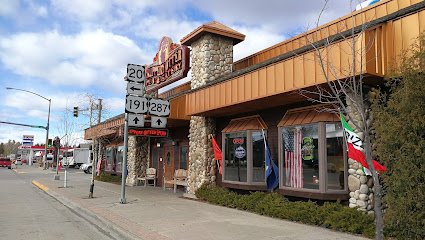
Bullwinkles Saloon & Eatery
Discover the lively atmosphere at Bullwinkles Saloon & Eatery in West Yellowstone - where American cuisine meets exciting nightlife.
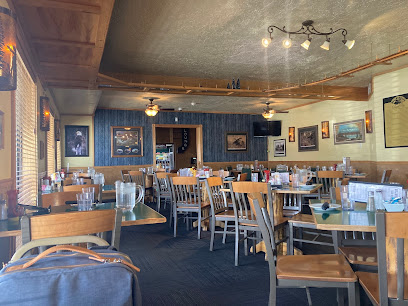
Running Bear Pancake House
Discover delicious pancakes and a welcoming atmosphere at Running Bear Pancake House in West Yellowstone—perfect for breakfast lovers!
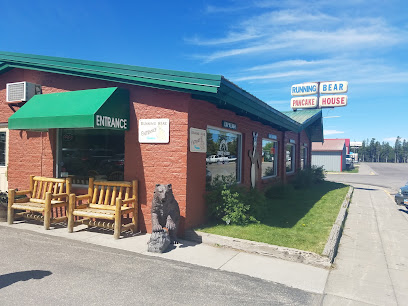
Petes Rocky Mountain Pizza
Experience mouthwatering pizza and authentic Italian dishes at Pete's Rocky Mountain Pizza in West Yellowstone—perfect for families after outdoor adventures.
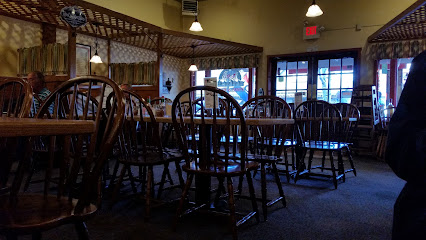
Firehole Bar-B-Que Co.
Discover the best barbecue experience at Firehole Bar-B-Que Co., where smoky flavors meet Montana's warm hospitality.
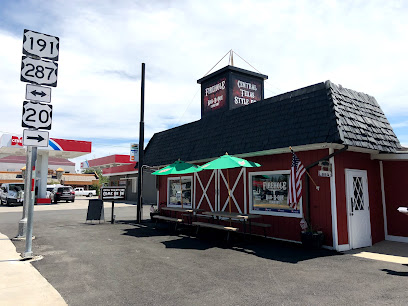
McDonald's
Conveniently located near Yellowstone National Park, McDonald's in West Yellowstone offers fast food favorites for adventurers on-the-go.
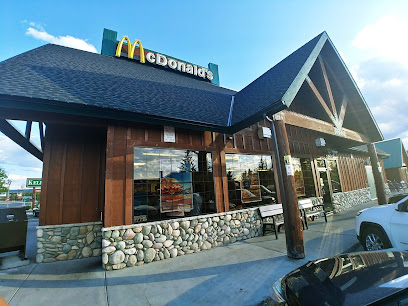
Cowboy's Lodge and Grille
Savor authentic Western cuisine at Cowboy's Lodge and Grille while enjoying breathtaking views in Gardiner, Montana near Yellowstone.
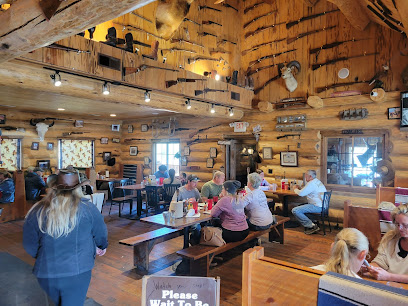
Three Bear Restaurant
Experience hearty breakfasts and comforting dinners at Three Bear Restaurant in West Yellowstone - where flavor meets Montana hospitality.
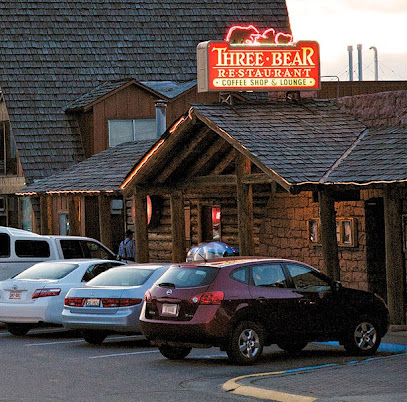
Gusher Pizza & Sandwich Shoppe
Discover delightful pizzas and sandwiches at Gusher Pizza & Sandwich Shoppe in West Yellowstone – perfect for families after exploring nature's wonders.
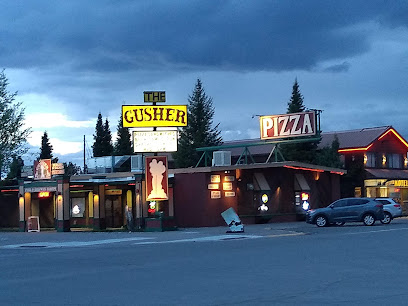
Wonderland Cafe & Lodge
Discover culinary delights and cozy accommodations at Wonderland Cafe & Lodge near Yellowstone National Park.
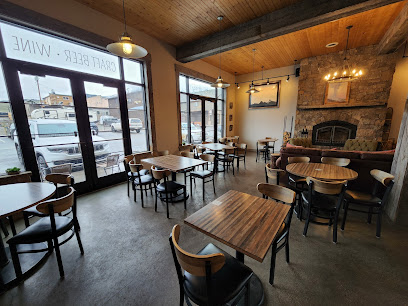
Old Town Cafe
Discover comfort food at Old Town Cafe in West Yellowstone—where cozy meets culinary delight amidst stunning natural beauty.
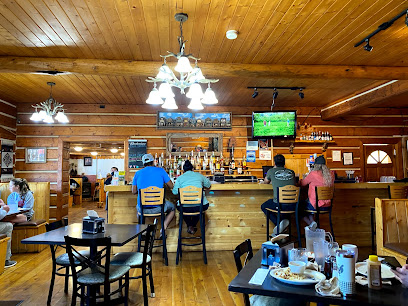
Outpost Restaurant
Experience delicious American cuisine in a cozy atmosphere at Outpost Restaurant in West Yellowstone - your culinary retreat after exploring nature's wonders.
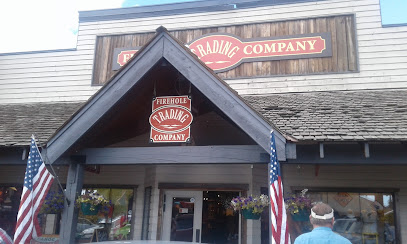
Madison Crossing Lounge
Experience exquisite American cuisine at Madison Crossing Lounge in West Yellowstone—where fine dining meets casual elegance.
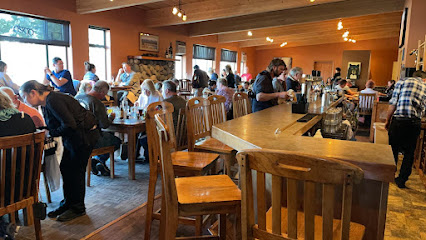
Markets, malls and hidden boutiques
Canyon Village - General Store
Discover Canyon Village's General Store in Yellowstone National Park - a unique blend of shopping, dining, and local charm.
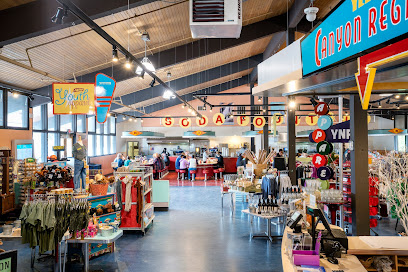
Fishing Bridge - General Store
Explore Yellowstone's Fishing Bridge General Store for essentials, souvenirs, and a gateway to outdoor adventures in America's first national park.
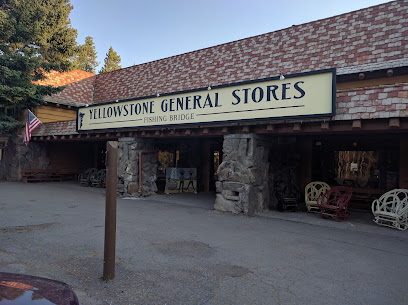
Mammoth General Store
Explore Mammoth General Store in Yellowstone for outdoor gear, local crafts, and a true taste of the park's spirit.
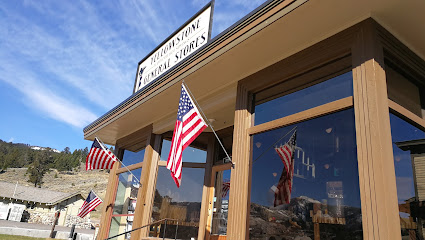
Eagle's Store
Discover unique gifts, outdoor gear, and local treasures at Eagle's Store in West Yellowstone, your gateway to unforgettable experiences.
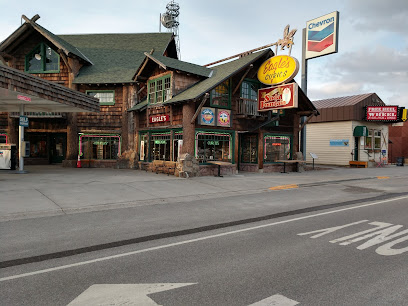
Lone Peak Cannabis Company
Discover the finest cannabis products at Lone Peak Cannabis Company in West Yellowstone, where quality meets natural beauty.
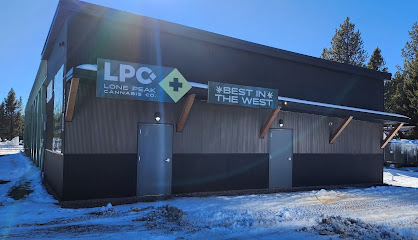
Northstar Organics
Discover high-quality cannabis products at Northstar Organics, the premier cannabis store in West Yellowstone, Montana.
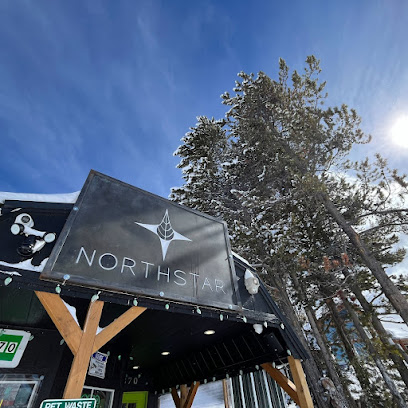
Old Faithful General Store
Discover unique gifts and essential supplies at Old Faithful General Store, your go-to shop in Yellowstone National Park.
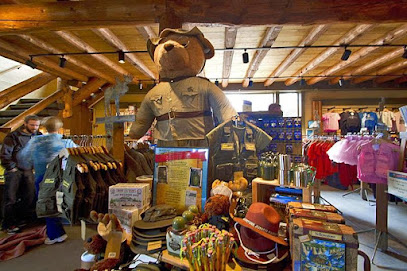
Gardiner Gifts
Explore Gardiner Gifts: Your one-stop shop for unique souvenirs and gifts reflecting the charm of Montana and Yellowstone.
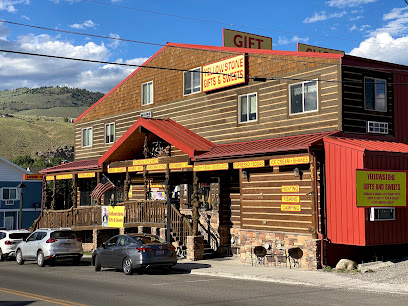
Tower General Store
Explore the beauty of Yellowstone while enjoying delicious snacks and unique souvenirs at the Tower General Store - your perfect park pit stop.
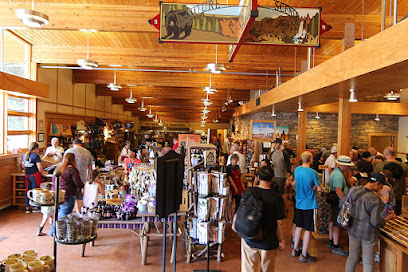
Roundup Trading Post
Explore Roundup Trading Post in West Yellowstone for unique gifts and local crafts that capture the essence of Montana's wilderness.
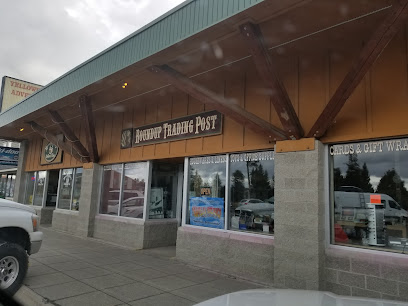
The Cradleboard
Discover unique souvenirs and local crafts at The Cradleboard, your go-to gift shop in West Yellowstone, Montana.
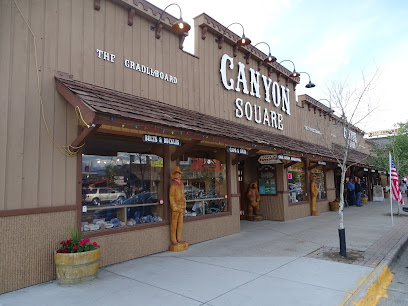
Grant Mini Store
Explore the Grant Mini Store in Yellowstone National Park for essential supplies, unique gifts, and a taste of local flavor during your adventurous getaway.
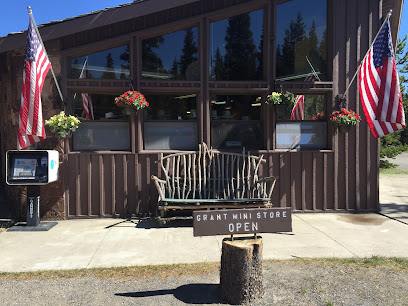
Yellowstone T Shirt Co
Explore Yellowstone T Shirt Co for unique gifts and custom apparel to celebrate your adventure in the stunning national park.
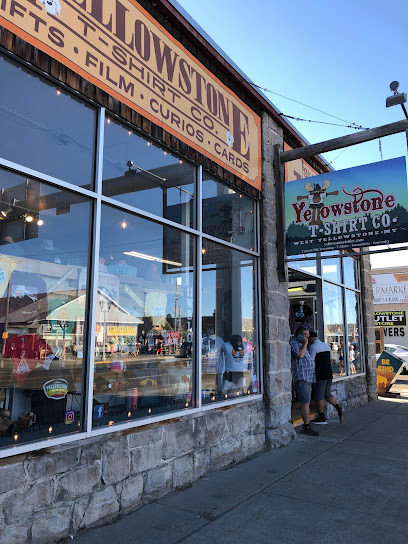
New Pioneer
Explore the mesmerizing collection of minerals and gemstones at New Pioneer Rock Shop, a gem in the heart of West Yellowstone.
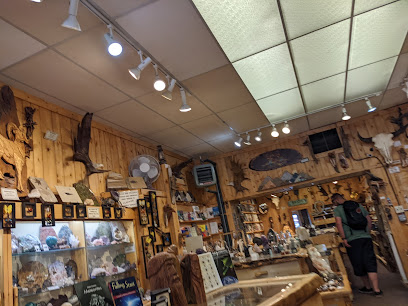
Forever Young
Discover unique souvenirs and local treasures at Forever Young, your go-to shop in West Yellowstone for memorable keepsakes.
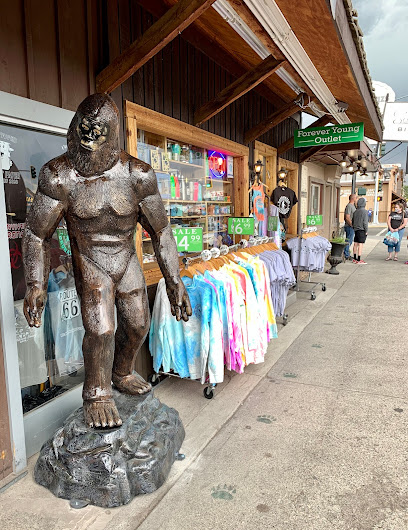
Essential bars & hidden hideouts
Wild West Pizzeria & Saloon
Experience the heart of the Wild West with delicious pizzas and a lively saloon atmosphere in West Yellowstone.
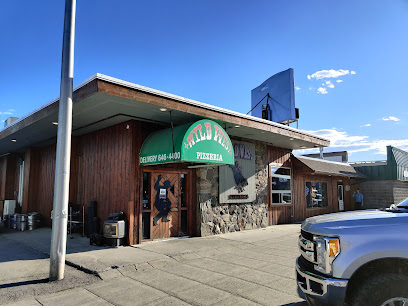
The Buffalo Bar
Discover the lively atmosphere and delicious American cuisine at The Buffalo Bar in West Yellowstone, where every meal is a celebration.
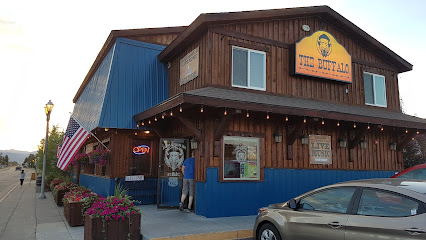
Slippery Otter Pub
Discover the Slippery Otter Pub: A family-friendly American restaurant in West Yellowstone, serving delicious burgers and pizzas in a cozy atmosphere.
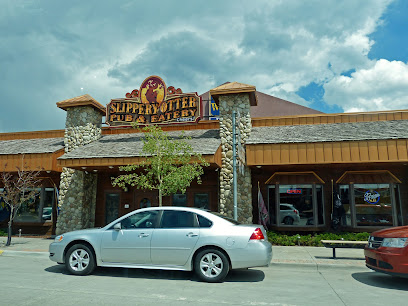
Bullwinkles Saloon & Eatery
Discover the vibrant spirit of Montana at Bullwinkles Saloon & Eatery, where American classics meet local flavors in a lively setting.
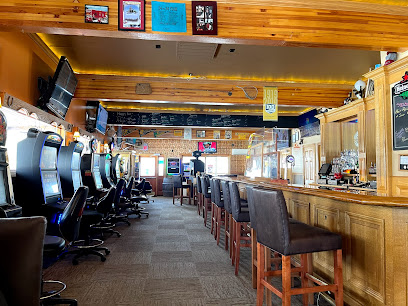
Firehole Bar-B-Que Co.
Experience the rich flavors of authentic BBQ at Firehole Bar-B-Que Co. in West Yellowstone, where smoky meats and savory sides await every visitor.
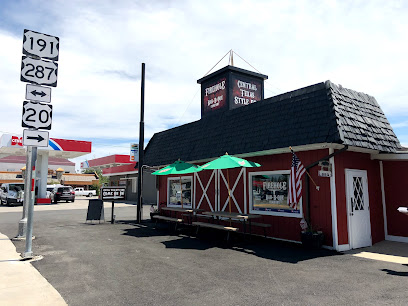
Madison Crossing Lounge
Discover Madison Crossing Lounge in West Yellowstone, where exquisite American dishes and signature cocktails create an unforgettable dining experience.
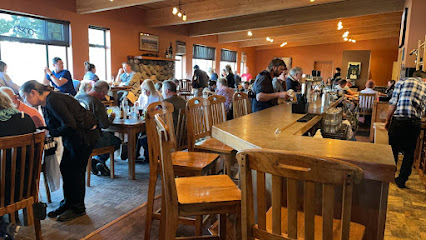
Lake Yellowstone Hotel Dining Room
Indulge in fine dining at Lake Yellowstone Hotel Dining Room, where exquisite cuisine and stunning lake views create memorable culinary experiences.
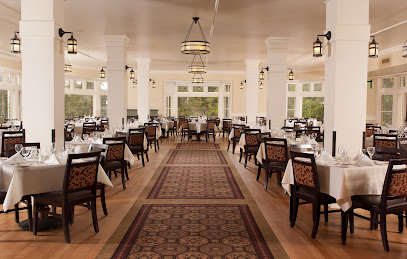
Happy Hour Bar & Grill
Experience the best of West Yellowstone at Happy Hour Bar & Grill, where delicious food and a lively atmosphere await you.
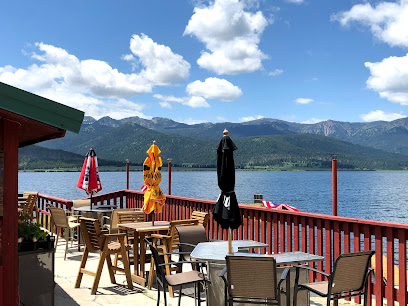
Yellowstone Tavern
Experience the inviting atmosphere and local charm of Yellowstone Tavern, a must-visit bar in Miles City, Montana.
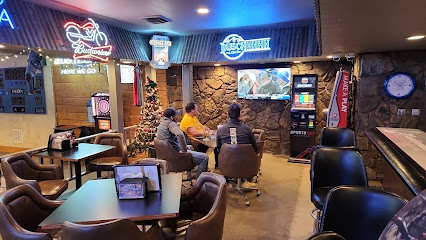
Bar N Ranch
Discover the rustic allure and adventure-rich experiences at Bar N Ranch, a perfect escape near Yellowstone National Park.

Mammoth Terrace Grill
Experience fast food with a view at Mammoth Terrace Grill in Yellowstone National Park, where nature and flavor meet.
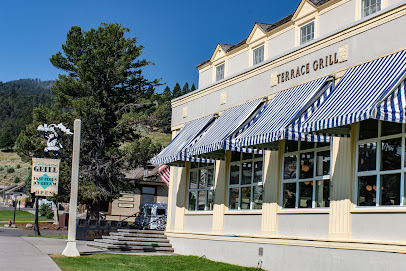
Old Faithful Snow Lodge Obsidian Dining Room
Experience the essence of Yellowstone with exquisite American cuisine at the Obsidian Dining Room in Old Faithful Snow Lodge.
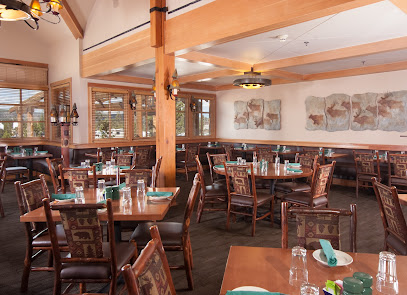
Old Faithful Inn Dining Room
Experience the perfect blend of American cuisine and breathtaking views at Old Faithful Inn Dining Room, located in the heart of Yellowstone National Park.
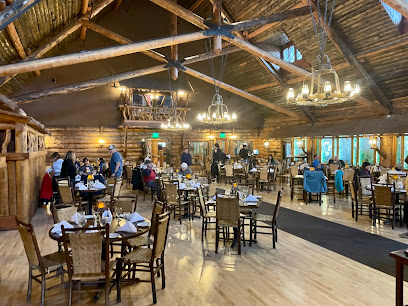
Old Faithful Snow Lodge Geyser Grill
Experience classic American cuisine with breathtaking views at Old Faithful Snow Lodge Geyser Grill in Yellowstone National Park.
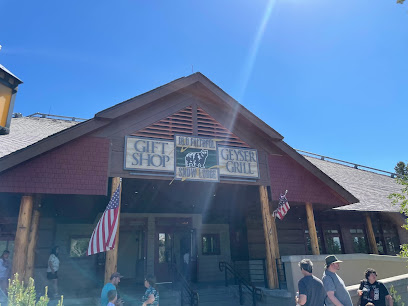
Yellowstone Beer Company
Discover the finest craft beers and delicious meals at Yellowstone Beer Company in West Yellowstone, the gateway to adventure.
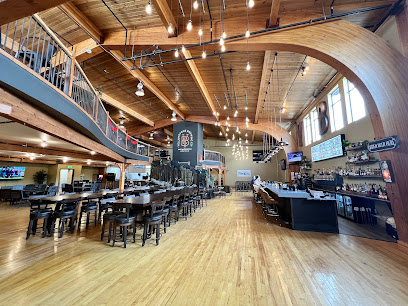
Local Phrases
-
- HelloHowdy
[haw-dee] - GoodbyeSee ya
[see yuh] - YesYup
[yuhp] - NoNah
[nah] - Please/You're welcomePlease/You're welcome
[please/yur welcome] - Thank youThanks
[thanks] - Excuse me/SorryPardon me
[par-dun me] - How are you?Howdy partner?
[haw-dee par-tner] - Fine. And you?Doing well. How 'bout you?
[doin well. How bout yuh] - Do you speak English?Ya speak English?
[ya speak ing-lish] - I don't understandI'm stumped
[ahm stuhmpt]
- HelloHowdy
-
- I'd like to see the menu, pleaseCan I take a gander at the grub, please
[kan eye take uh gan-der at the gruhb, please] - I don't eat meatI don't fancy meat
[ahm dun fancy meat] - Cheers!Cheers!
[cheers] - I would like to pay, pleaseI reckon I'll settle up, please
[ah reckon eye-ul set-tul up, please]
- I'd like to see the menu, pleaseCan I take a gander at the grub, please
-
- Help!S.O.S!
[S-O-S] - Go away!Scram!
[skram] - Call the Police!Round up the lawmen!
[round up the law-men] - Call a doctor!Fetch a sawbones!
[fetch uh saw-bonz] - I'm lostI'm discombobulated
[ahm diss-kuhm-baw-byuh-lay-ted] - I'm illI'm feelin' poorly
[ahm feelin poor-lee]
- Help!S.O.S!
-
- I'd like to buy...I'm hankerin' for...
[ahm hank-ur-in fur] - I'm just lookingJust browsin'
[just brow-zin] - How much is it?What's the damage?
[whuts the dam-ij] - That's too expensiveThat's a mite pricey
[thats uh myt prahy-see] - Can you lower the price?Can ya cut me a deal?
[kan yuh kut mee uh deel]
- I'd like to buy...I'm hankerin' for...
-
- What time is it?What's the hour?
[whuts the ow-er] - It's one o'clockIt's high noon
[its hi noon] - Half past (10)Half past (10)
[half past (10)] - MorningMornin'
[mornin] - AfternoonAfternoon
[after-noon] - EveningEvenin'
[evenin] - YesterdayYest'day
[yest-duh] - TodayToday
[tuh-day] - TomorrowMorrow
[morrow] - 1One
[wun] - 2Two
[too] - 3Three
[three] - 4Four
[four] - 5Five
[five] - 6Six
[six] - 7Seven
[seven] - 8Eight
[eight] - 9Nine
[nine] - 10Ten
[ten]
- What time is it?What's the hour?
-
- Where's a/the...?Where's the...
[wheres the] - What's the address?Where's it to?
[wheres it to] - Can you show me (on the map)?Can ya point it out?
[kan yuh point it out] - When's the next (bus)?When's the next ride?
[whens the next ryde] - A ticket (to ....)A pass (to ...)
[uh pass to]
- Where's a/the...?Where's the...
History of Yellowstone National Park
-
Yellowstone National Park is a geological marvel, shaped by volcanic activity over millions of years. The area sits atop a supervolcano, known as the Yellowstone Caldera, which last erupted approximately 640,000 years ago. This massive eruption created the park's unique geothermal features, including geysers, hot springs, and fumaroles.
-
Long before Yellowstone became a national park, it was inhabited by various Indigenous tribes, including the Shoshone, Bannock, and Crow. These tribes utilized the land for hunting, fishing, and gathering, and they held spiritual and cultural connections to the geothermal features of the area.
-
Although Lewis and Clark's famous expedition did not pass directly through Yellowstone, their exploration of the American West in the early 1800s paved the way for future expeditions. Their reports of the region's wonders sparked interest in the area's potential for discovery and settlement.
-
In 1870, the Washburn-Langford-Doane Expedition, led by Henry D. Washburn, Nathaniel P. Langford, and Gustavus C. Doane, explored the Yellowstone region. Their detailed accounts and sketches of geysers, hot springs, and other natural wonders captivated the public and led to calls for preserving the area.
-
On March 1, 1872, President Ulysses S. Grant signed the Yellowstone National Park Protection Act, establishing Yellowstone as the first national park in the world. This landmark decision aimed to preserve the unique geothermal features and natural beauty of the area for future generations.
-
Before the establishment of the National Park Service, the U.S. Army was tasked with protecting and managing Yellowstone National Park. From 1886 to 1918, soldiers from Fort Yellowstone, located at Mammoth Hot Springs, enforced regulations, built infrastructure, and safeguarded the park from poachers and vandals.
-
In 1916, the National Park Service (NPS) was created to oversee and manage national parks across the United States. The establishment of the NPS marked a new era in the conservation and preservation of Yellowstone, ensuring that its wonders would be protected for future generations.
-
The summer of 1988 saw one of the most significant natural events in Yellowstone's history: the Yellowstone fires. A series of wildfires burned approximately 36% of the park, transforming its landscape. While initially seen as a disaster, the fires ultimately played a crucial role in the natural regeneration of the ecosystem.
-
In 1995, wolves were reintroduced to Yellowstone National Park after being absent for nearly 70 years due to hunting and eradication programs. The reintroduction has had profound ecological impacts, restoring balance to the park's ecosystem by controlling elk populations and influencing vegetation growth.
-
Today, Yellowstone National Park is a UNESCO World Heritage Site and one of the most visited national parks in the United States. It continues to captivate visitors with its geothermal features, diverse wildlife, and stunning landscapes, while ongoing conservation efforts ensure its preservation for future generations.
Yellowstone National Park Essentials
-
Yellowstone National Park primarily spans three states: Wyoming, Montana, and Idaho. The nearest major airports are Bozeman Yellowstone International Airport (BZN) in Montana, Jackson Hole Airport (JAC) in Wyoming, and Idaho Falls Regional Airport (IDA) in Idaho. From these airports, you can rent a car or take a shuttle service to the park. The park has five entrances: North (Gardiner, Montana), Northeast (Cooke City, Montana), South (Jackson, Wyoming), East (Cody, Wyoming), and West (West Yellowstone, Montana). The North Entrance is the only entrance open year-round.
-
Within Yellowstone National Park, the most practical way to get around is by car. The park has a well-maintained road system, including the Grand Loop Road, which provides access to most major attractions. During the summer months, guided tours and shuttle services are available. Bicycles are allowed on established public roads, parking areas, and designated routes but are not permitted on backcountry trails. Note that some roads and areas may be closed during winter, so plan your visit accordingly.
-
The official currency in the United States is the US Dollar (USD). Credit and debit cards are widely accepted in most facilities within and around Yellowstone National Park, including hotels, restaurants, and gift shops. ATMs are available in some locations, such as visitor centers and larger lodges. It is advisable to carry some cash for small purchases or in case of card payment issues, particularly at smaller, remote locations.
-
Yellowstone National Park is generally safe for visitors. However, it is essential to follow park regulations and guidelines to ensure your safety. Wildlife encounters can be dangerous; always keep a safe distance from animals and never feed them. Stay on designated trails and boardwalks, especially around geothermal areas. Crime rates targeting tourists are very low, but always keep an eye on your belongings and avoid leaving valuables in your vehicle. Familiarize yourself with the park’s safety information available at visitor centers.
-
In case of emergency within Yellowstone National Park, dial 911 for immediate assistance. There are medical clinics located in Mammoth Hot Springs, Lake Village, and Old Faithful. Park rangers are trained to handle emergencies and can provide assistance. It is advisable to carry a basic first aid kit and any necessary medications with you. For minor health issues, some general stores within the park offer over-the-counter medications. It is also recommended to have travel insurance that covers medical emergencies.
-
Fashion: Do wear comfortable and weather-appropriate clothing, including sturdy shoes for hiking. Dress in layers to adapt to changing weather conditions. Avoid wearing strong perfumes or scented lotions that may attract wildlife. Religion: Do respect the cultural and spiritual significance of the park’s natural features. Public Transport: Do use designated shuttle services and follow guidelines for public transportation within the park. Greetings: Do greet fellow visitors and park staff with a polite nod or a simple 'hello.' Eating & Drinking: Do pack out all trash and leftover food to avoid attracting wildlife. Use designated picnic areas and follow Leave No Trace principles.
-
To experience Yellowstone National Park 'like a local,' consider visiting during the shoulder seasons (spring and fall) when the park is less crowded. Take the time to explore some of the lesser-known geothermal features and hiking trails. Attend ranger-led programs and talks to gain deeper insights into the park’s history, geology, and wildlife. Bring a reusable water bottle to stay hydrated and reduce waste. Early mornings and late evenings are the best times for wildlife viewing and photography. Remember to respect the natural environment and leave no trace of your visit.
Trending Landmark in Yellowstone National Park
-
Old Faithful
-
Mammoth Hot Springs
-
West Yellowstone Visitor Information Center
-
Old Faithful Visitor and Education Center
-
Gibbon Falls
-
Old Faithful Inn
-
Lookout Point
-
Brink of Lower Falls
-
Roosevelt Arch
-
Yellowstone Caldera
-
Canyon Visitor Education Center
-
Yellowstone Park / West Gate KOA Holiday
-
Thumb Geyser
-
Morning Glory Pool
-
Inspiration Point
Nearby Cities to Yellowstone National Park
-
Things To Do in Jackson
-
Things To Do in Big Sky
-
Things To Do in Rexburg
-
Things To Do in Cody
-
Things To Do in Bozeman
-
Things To Do in Idaho Falls
-
Things To Do in Billings
-
Things To Do in Pocatello
-
Things To Do in Butte
-
Things To Do in Riverton
-
Things To Do in Helena
-
Things To Do in Sheridan
-
Things To Do in Lewistown
-
Things To Do in Sun Valley
-
Things To Do in Ketchum













